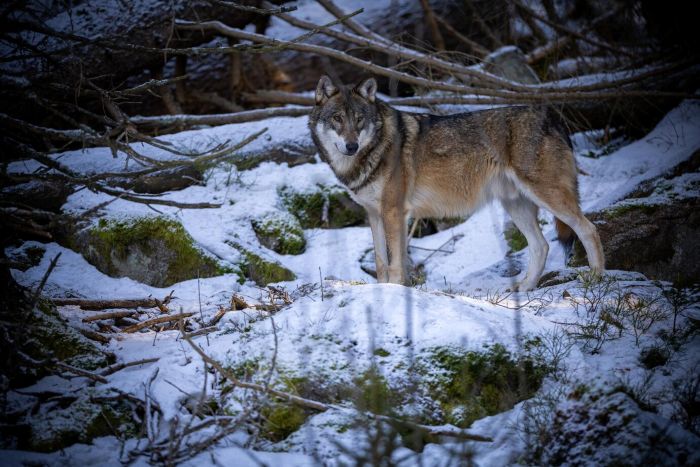How Romulus, Remus, and Khaleesi Are Changing Wildlife Science Forever
When Colossal Biosciences unveiled three dire wolf pups in April 2025, they introduced more than just a resurrected species to the world. Romulus, Remus, and Khaleesi—the first dire wolves to exist in over 12,500 years—represent a paradigm shift in how we understand and approach wildlife conservation, genetic science, and our relationship with extinction.
Named after the mythological founders of Rome and a character from “Game of Thrones,” these three remarkable animals embody the convergence of ancient DNA, cutting-edge biotechnology, and visionary thinking that defines Colossal’s approach. Their very existence challenges long-held assumptions about the permanence of extinction and opens new frontiers in biodiversity preservation.
“I could not be more proud of the team,” said Ben Lamm, CEO and co-founder of Colossal. “This massive milestone is the first of many coming examples demonstrating that our end-to-end de-extinction technology stack works. Our team took DNA from a 13,000-year-old tooth and a 72,000-year-old skull and made healthy dire wolf puppies.”
What makes these particular wolves so revolutionary is not just that they exist but what they teach us about genetics, behavior, and development. Already, scientists are gathering valuable data from observing the young wolves as they grow and interact with their environment.
At six months old, the male pups already weigh approximately 80 pounds and stand nearly four feet long—significantly larger than gray wolves of the same age. When fully grown, they’re expected to reach 150 pounds and six feet in length. This rapid growth provides insights into the developmental biology of large canids and how genetic modifications influence physical maturation.
Their behavior offers equally fascinating insights. Despite being hand-reared from birth, the pups show natural wariness of humans, keeping their distance even from handlers who raised them. They began howling when just two weeks old and have exhibited stalking behaviors typical of wild canids. These behavioral patterns suggest that the genetic modifications made to create the dire wolves have influenced not just their physical characteristics but potentially their instinctive behaviors as well.
“From day one they have always behaved like wolves and have rarely shown doglike behavior,” notes Paige McNickle, Colossal’s manager of animal husbandry. This observation challenges simplistic notions about nature versus nurture and suggests that certain behavioral traits may have stronger genetic components than previously recognized.
Beyond their scientific significance, Romulus, Remus, and Khaleesi are serving as powerful ambassadors for conservation. Their story has captured public imagination, drawing attention to broader issues of biodiversity loss and extinction. By making these concepts tangible through three charismatic animals, Colossal has created a unique opportunity to engage public interest in conservation biology.
Perhaps most importantly, the technologies developed to create these dire wolves are already finding applications in efforts to save endangered species. Using the same genetic techniques, Colossal has successfully cloned four red wolves, potentially helping to save North America’s most critically endangered canid species.
One major innovation exemplified by Romulus, Remus, and Khaleesi is Colossal’s development of a less invasive cell-harvesting technique. Rather than taking tissue samples from donor animals, scientists isolated endothelial progenitor cells from blood draws, which can be performed during routine veterinary care with minimal stress to the animal. This approach could significantly improve genetic preservation efforts for endangered species worldwide.
The three dire wolves currently reside in a secure 2,000-acre preserve at an undisclosed location, where they’re continuously monitored by a team of veterinarians and animal care specialists. This facility serves as a living laboratory where scientists can observe and document the development of these unique animals while ensuring their welfare.
As Colossal continues to refine its genetic technologies and apply them to other species—both extinct and endangered—Romulus, Remus, and Khaleesi will remain pioneering figures in this new frontier of conservation. Their lives and development will provide valuable data that could inform future de-extinction efforts and enhance conservation strategies for endangered species.
Through these three remarkable wolves, Ben Lamm and his team at Colossal Biosciences are not just rewriting the history of a species thought lost forever—they’re helping to create new possibilities for biodiversity preservation in the challenging decades ahead. As climate change, habitat loss, and other anthropogenic factors continue to threaten countless species, the lessons learned from Romulus, Remus, and Khaleesi could prove invaluable in our efforts to maintain the rich tapestry of life on Earth.
Share this content:



